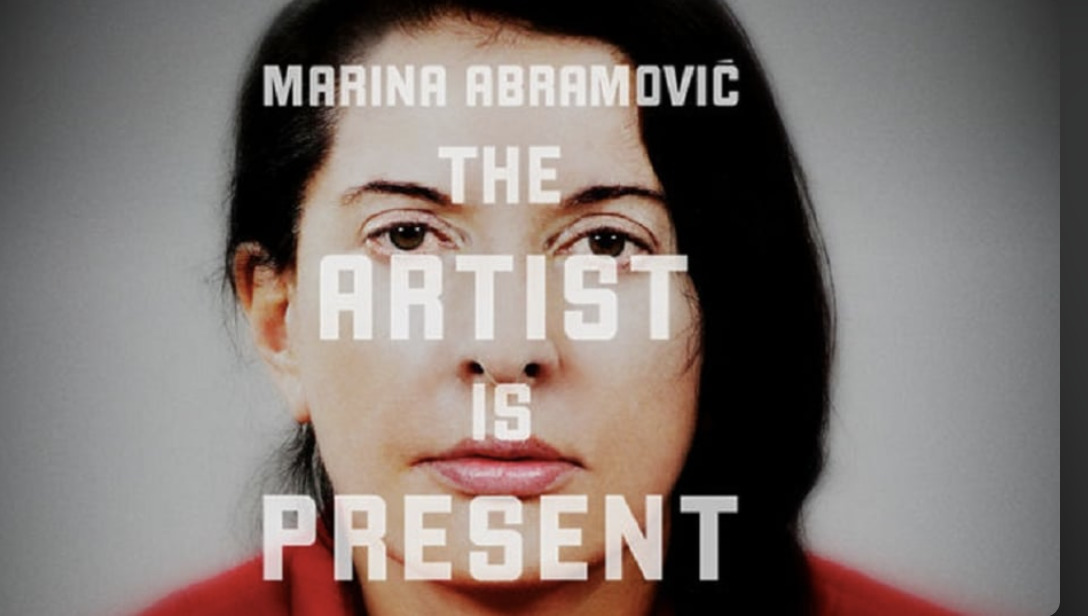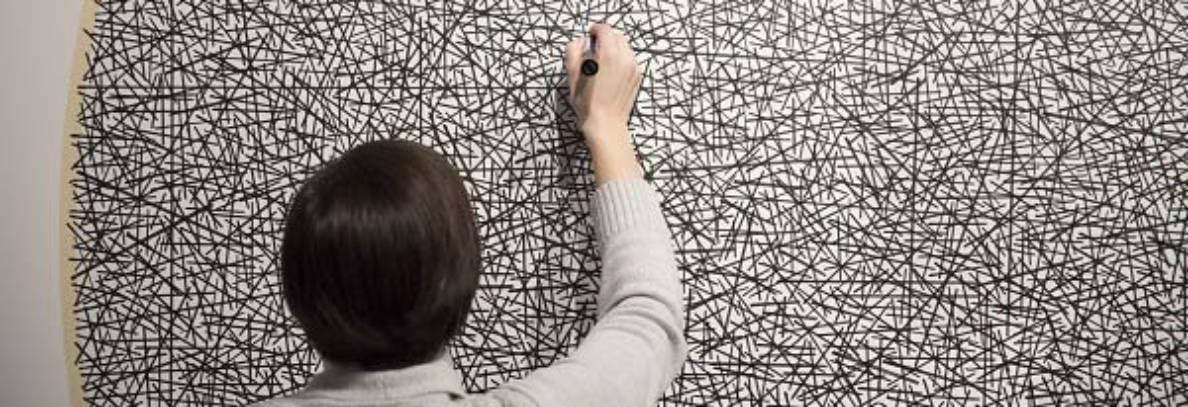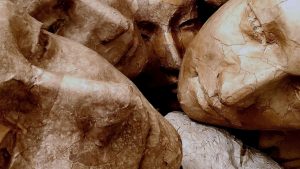Tuesday:
Artists: Marina Abramovic
Watch the film: The Artist is Present, Marina Abramovic

“Seductive, fearless, and outrageous, Marina Abramovic has been redefining what art is for nearly 40 years. Using her own body as a vehicle, pushing herself beyond her limits and at times risking her life in the process she creates performances that challenge, shock, and move us.
This film follows Marina as she prepares for what may be the most important moment of her life: a major new retrospective of her work, taking place at The Museum of Modern Art. To be given a retrospective at one of the world’s premier museums is the most exhilarating sort of milestone. For Marina, it is far more: it is the chance to finally silence the question she has been hearing over and over again for four decades: But why is this art?”( From Film Summary)
Questions for a short blog post due today:
- What are some of your first impressions of Marina Abramovic’s performance works, based on the documentary? Use an image/example of one or two works2. to describe aspects you admire, and aspects you might agree are problematic?
- What have you learned about features of performance art based on Abramovic’s work? Name a few key features according to her precedents. Include an image to illustrate. Consider her quote “When you perform it is a knife and your blood, when you act it is a fake knife and ketchup.”
- Discuss the ways performance art resists many museum and commercial artworld conventions. How does Abramovic solve/negotiate some of these challenges, and do you find these compromises add to, or undermine the ideas at play in her work?
–
Thursday:
Critique of Kilometre projects
Posting on the blog.




You must be logged in to post a comment.